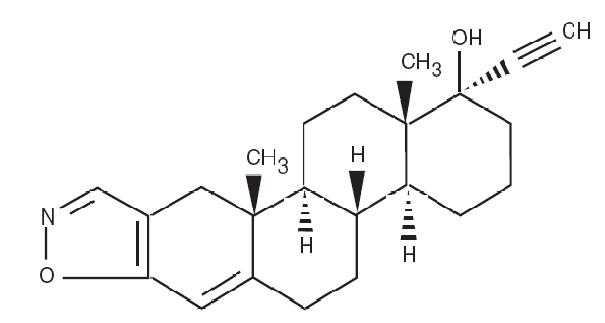Danazol
View Brand InformationWhat is Danazol?
Approved To Treat
Related Clinical Trials
Summary: The purpose of the study is to evaluate the overall survival of participants treated with imetelstat compared to best available therapy with intermediate-2 or high-risk Myelofibrosis (MF) who are relapsed/refractory (R/R) to Janus Kinase (JAK)-Inhibitor treatment.
Background: DNA is a structure in the body. It contains data about how the body develops and works. Telomeres are found on the end of chromosomes in DNA. Some people with short telomeres or other gene changes can develop diseases of the bone marrow, lung, and liver. Researchers want to see if low doses of the hormone drug danazol can help.
Summary: This is a phase II pilot study designed to assess the safety and efficacy of danazol for treatment of cytopenias in patients with CPC A/B cirrhosis. Subjects with or without telomere mutations and/or shortened telomeres will be treated with danazol 600 mg per day by mouth for a duration of 24 months. The goal will be to treat a total of 10 patients.
Related Latest Advances
Brand Information

- Undiagnosed abnormal genital bleeding.
- Markedly impaired hepatic, renal, or cardiac function.
- Pregnancy (see
- Breast feeding.
- Porphyria-Danazol capsules can induce ALA synthetase activity and hence porphyrin metabolism.
- Androgen-dependent tumor.
- Active thrombosis or thromboembolic disease and history of such events.
- Hypersensitivity to danazol.



